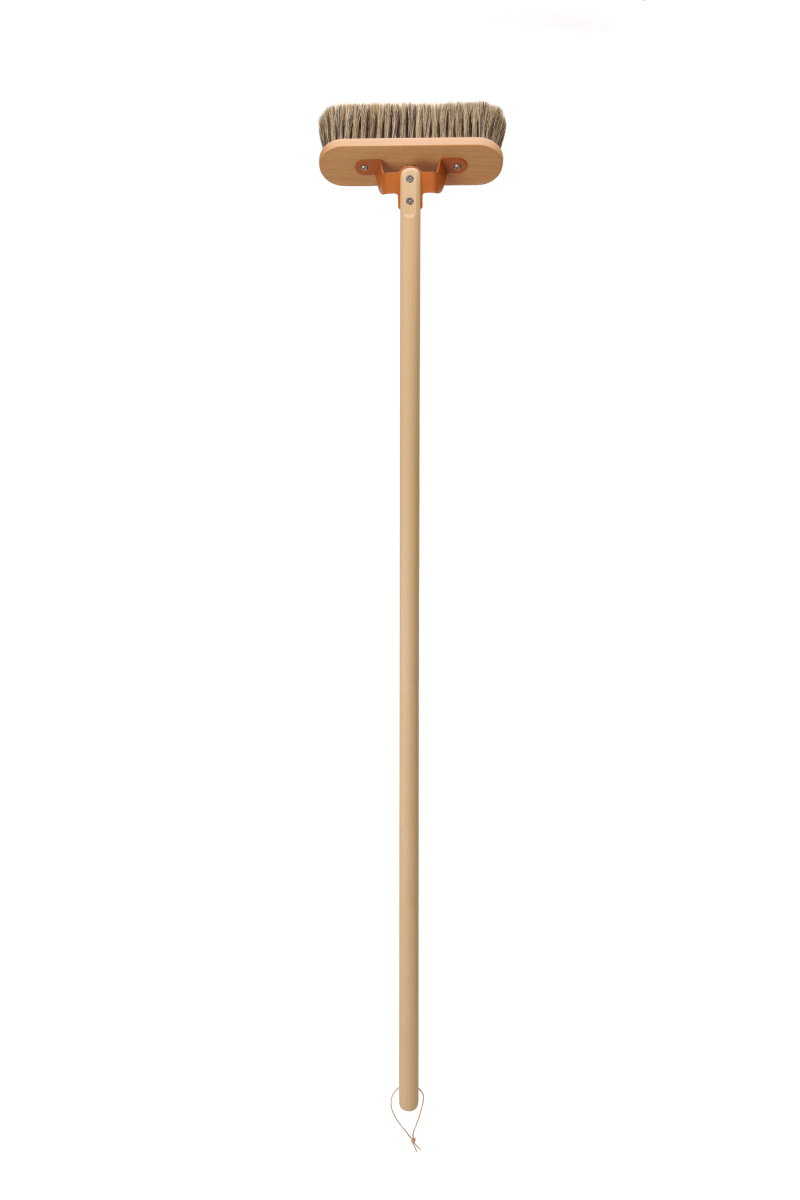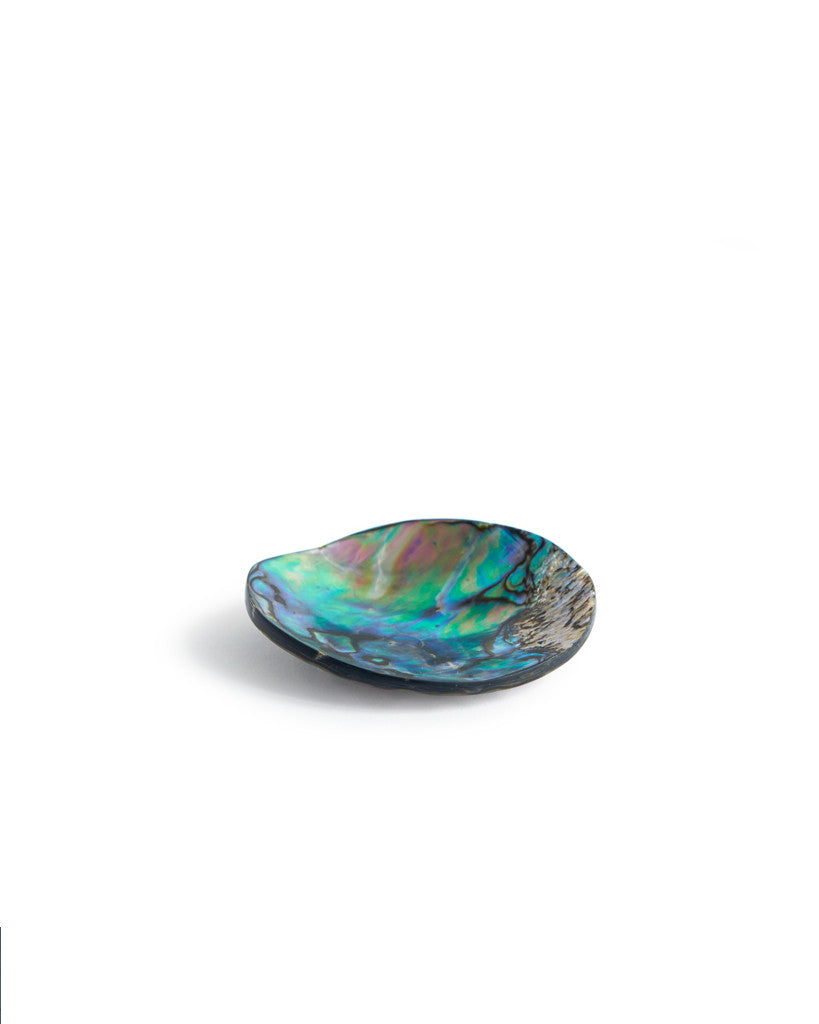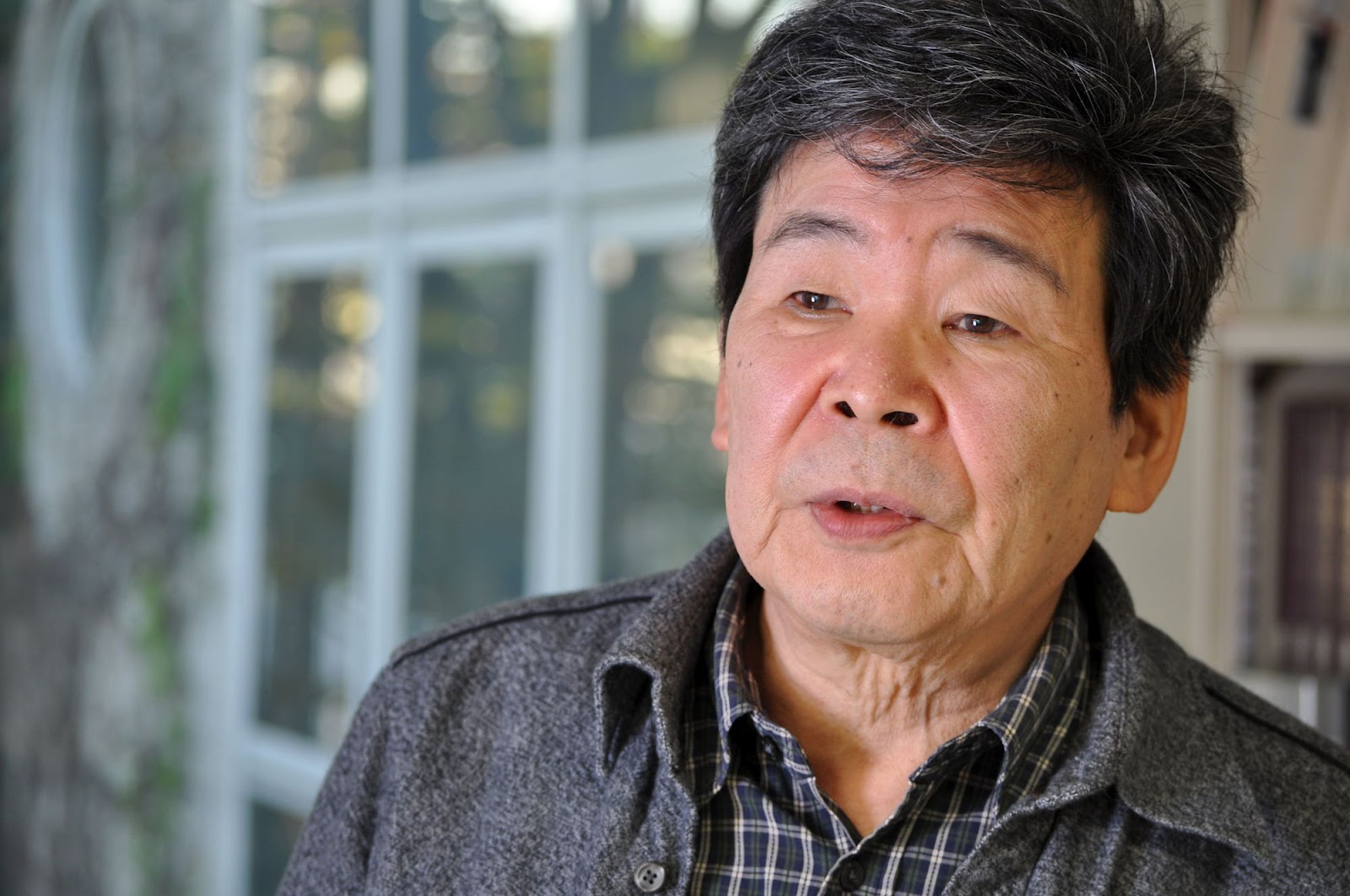


In this way, I seamlessly became, through that one purchase, the kind of person who uses a Kamenoko Tawashi. Since buying my first turtle brush in 2016, I have never been without one. But it’s just the edge of it, as if the scent has elongated and distorted with time and distance. The air is filled with shokupan smell, mingling with butter from the eggs and mirin from the night before-and a sour note, a hint of mildew, tatami on a wet day.Įach time I land at Tokyo-Narita on my way to visit family, I’m stopped short by something like the smell of that kitchen. Instead I remember breakfasts, crowded and confusing, and especially the bread, one of my earliest sensual memories: two fingers on its softness, tugging through a fried egg’s yolk, deep orange, flecked with soy sauce.

From the alley, the door led in and up a narrow staircase to the sunbathed kitchen, tiny and red-tiled, where I might have seen a tawashi, though I can’t remember one. It seemed ancient but was only a recreation it had in recent memory been a zoo.Ī real bit of castle survived, instead, outside the door of my dad’s childhood home an old stone wall formed half of an alley between the house and a parking garage. Past the elementary school, up the stone steps, around the antiwar memorial, and through the gate to the tea garden. Down into the underpass below busy Ote-Dori toward city hall, drawn as if through osmosis into the rushing suction of cicada chatter that announced Hamamatsu Castle Park. I knew little of the place when I was young, nothing of its past, and little of its present, just the tourist-bureau intel my family was in the habit of repeating: Suzuki, Yamaha, citrus, unagi.īut I knew my family’s neighborhood of Ike-machi, navigating its streets of concrete midrises, past the cigarette-embalmed kissaten, the cult-like granite church, the Brazilian bank, the fryer smell of 7-Eleven. My dad grew up in Hamamatsu, a city midway between Tokyo and Kyoto, in Shizuoka Prefecture-a wet, green land that sprawls out, a spreading of hands, from the inland mountains along the curling tail of the Tenryū-gawa toward the sea. I only knew I recognized the brush from my childhood and needed it. Here, I could go into how the Kamenoko Tawashi has been crafted, not manufactured, since 1907, how, according to the brand’s website, the husks are soaked for four to six weeks before being separated into fibers, which are then coiled in a “delicate process that can only be done by hand.” But I knew nothing of this when I bought my first at a well-curated, Japanese-expat-owned home-goods shop, aptly named Tortoise General Store, in Venice Beach four years ago. After many months, it begins to emit a faint metallic, scrambled-egg-like funk, the bristles develop permanent bedhead, and I know it’s due for a swap. One brush takes ages to become gunky or gross. They may as well be the same, like the beloved dog that dies only to be replaced by an identical dog. Since I bought my first Kamenoko Tawashi in 2016, I’ve owned only three or four. “Yes, says Manhattan’s Museum of Modern Art, if it is designed both for usefulness and good looks.”) (“Is there art in a broomstick?” wrote Time in 1953. With the right curator, the tawashi might have been featured in MoMA’s Good Design shows of the midcentury, the ones that canonized the balloon whisk, the Lexikon 80 typewriter, and the Slinky. I think it resembles not a turtle but a woodland creature you’d best not touch, a hedgehog maybe, curled in sleep. The ends are secured into a loop about the size of a nickel, useful for hanging on a hook. The brush is most commonly formed by twisting palm-husk bristles around a stiff wire, which is doubled back to form a bushy U. The Kamenoko Tawashi name refers to the brush’s specific shape, said to evoke a baby turtle-though I would never have said so were it not for that drawing I didn’t know until now, when I googled it, that kamenoko means “baby turtle” in Japanese. A sweet illustration is ringed in red at the package’s center-a turtle with its head craned back, as if the animal had just been surprised from behind. This one comes in a package that resembles a small, cheddar-colored bag of chips, about the length and width of an adult hand with the thumb folded in.

A tawashi is any brush of stiff natural fiber used for washing, usually dishes and pans. It’s a tawashi, specifically the Kamenoko Tawashi from Nishio-Shouten Co., Ltd., made in Japan.


 0 kommentar(er)
0 kommentar(er)
